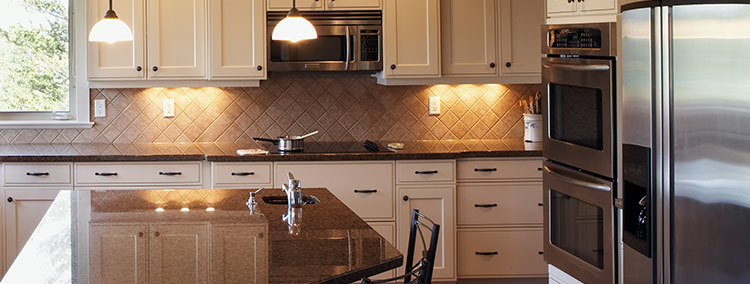
The dishwasher is the most hardworking appliance in the kitchen. While the unit has been around for a long time, dishwasher repair professionals report many people don’t know much about it. Here are some of the most common myths about the appliance:
Dishwashers use more water than hand washing
I remember my mother telling me to avoid using the dishwasher as it consumes a lot of water. While this was true a few years ago, it’s no longer the case as most of the modern Energy Star qualified dishwashing machines to use minute amounts of water.
Studies show that handwashing uses about 27 gallons per load while an optimally functioning dishwasher uses only three to six gallons. From this data, you don’t have to be scared of using the dishwasher the next time as it won’t use most of your water.
The cool thing is that the appliance consumes little water and at the same time, makes your work easy.
It doesn’t matter how you load the dishwasher
The sole purpose of the dishwasher is to clean the utensils, so it doesn’t matter how you load it, right? Wrong! How you load the dishwasher determines whether the dishes get clean. It also affects the life of the dishes as improperly loading the dishes makes some of them break.
For the dishwasher to properly clean the dishes, you need to load it properly. Place the cups and glasses on the top rack along with dishwasher-safe plastic and other items that need a delicate wash.
For the bowls, place them at an angle, so that water drains from them.
The bottom rack is ideal for pans, pots, and plates. Load them vertically, with the soiled side facing down. Remember to leave a space in between them.
You should put the utensils in the dedicated holders, facing up. The only things that don’t belong here are sharp knives.
If your dishwasher doesn’t have a third rack, place spatulas and other tall cooking utensils on the top shelf, facing down.
The dishwasher can only clean dishes
From its name, some people believe that the dishwasher can only clean dishes, but the appliance’s capabilities go far beyond this. In addition to the dishes, you can also clean fruits and vegetables, cleaning brushes, kitchen sponges, kid’s toys, reusable cloth snacks, and many other items.
You should note that the dishwasher can damage some items; therefore, always check the items’ cleaning instructions and confirm they are dishwasher safe.
You don’t need to clean the dishwasher
Since there is always water flowing in the dishwasher, many people have the impression you don’t need to clean the dishwasher, but this isn’t the case.
Just like the washing machine and other appliances that are always flowing with water, the dishwasher needs to be cleaned.
One of the areas you should pay attention to is the air filters, which are often located at the bottom of the dishwasher. After accessing them, carefully twist and remove them from their compartment.
You should then go ahead and clean them if dirty. If they are too dirty or damaged, you have to replace them.
Dishwashers make sense when you have a large family or large establishment
Since dishwashers clean large loads of dishes, many people have the notion they are only ideal when you have a large family or large business establishment. This isn’t true as dishwashers come in different sizes.
There are even small appliances that accommodate tiny and even half loads. As mentioned above, dishwashers save you time and water, so there is no reason you shouldn’t go for one even if you have a small family or live by yourself.
Dishwashers are noisy
There is nothing as annoying as the dishwasher making a lot of noise as you are trying to catch up with a friend. While dishwashers of a decade ago were noisy, this is no longer the case as most of the modern machines are extremely quiet. In fact, you can’t hear them during the day.
So, if this is the first time you are thinking about getting a dishwasher, go ahead and get it as it won’t make noise for you.
If you notice your machine making noises such that you have to talk over it, it’s most likely faulty. Ask an appliance repair professional to give it a look.
The post appeared first on Express Appliance Repair